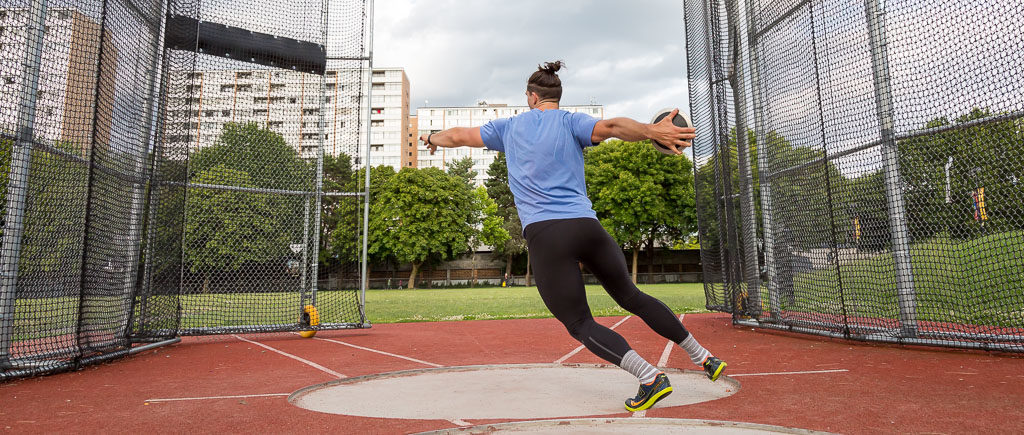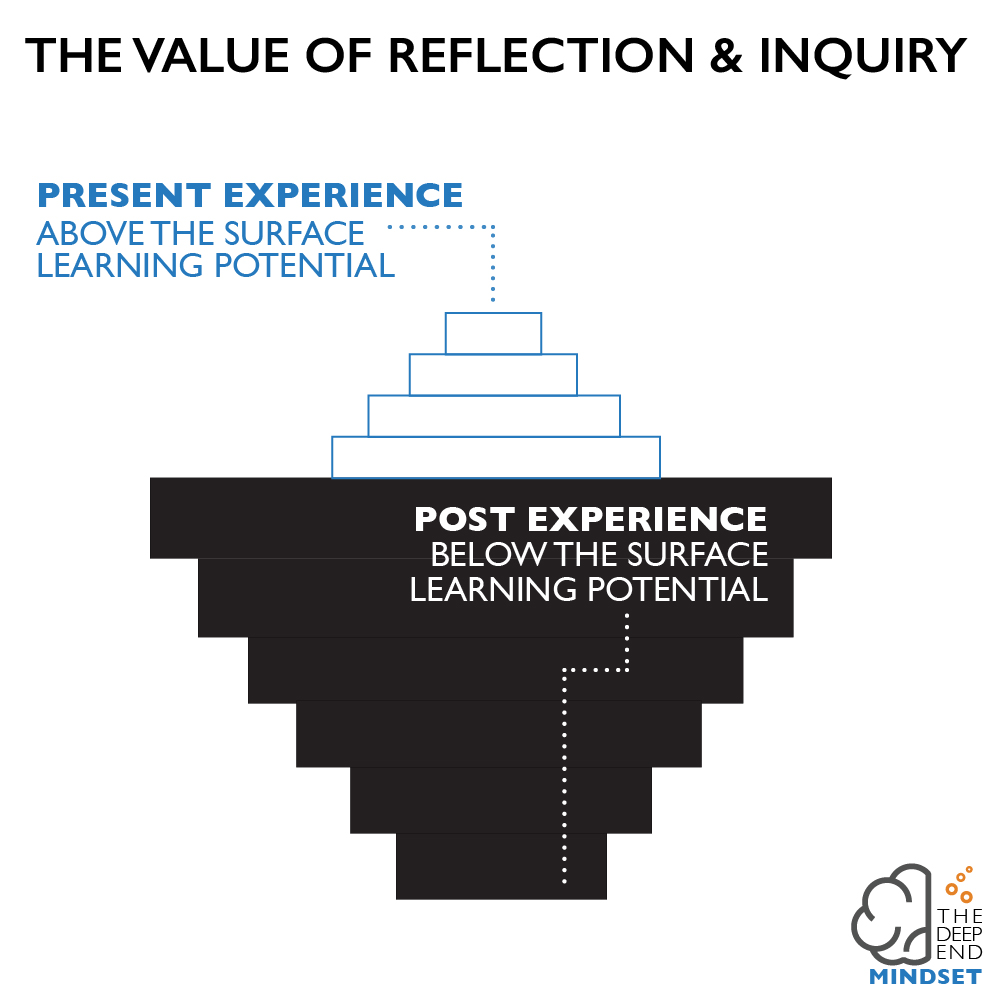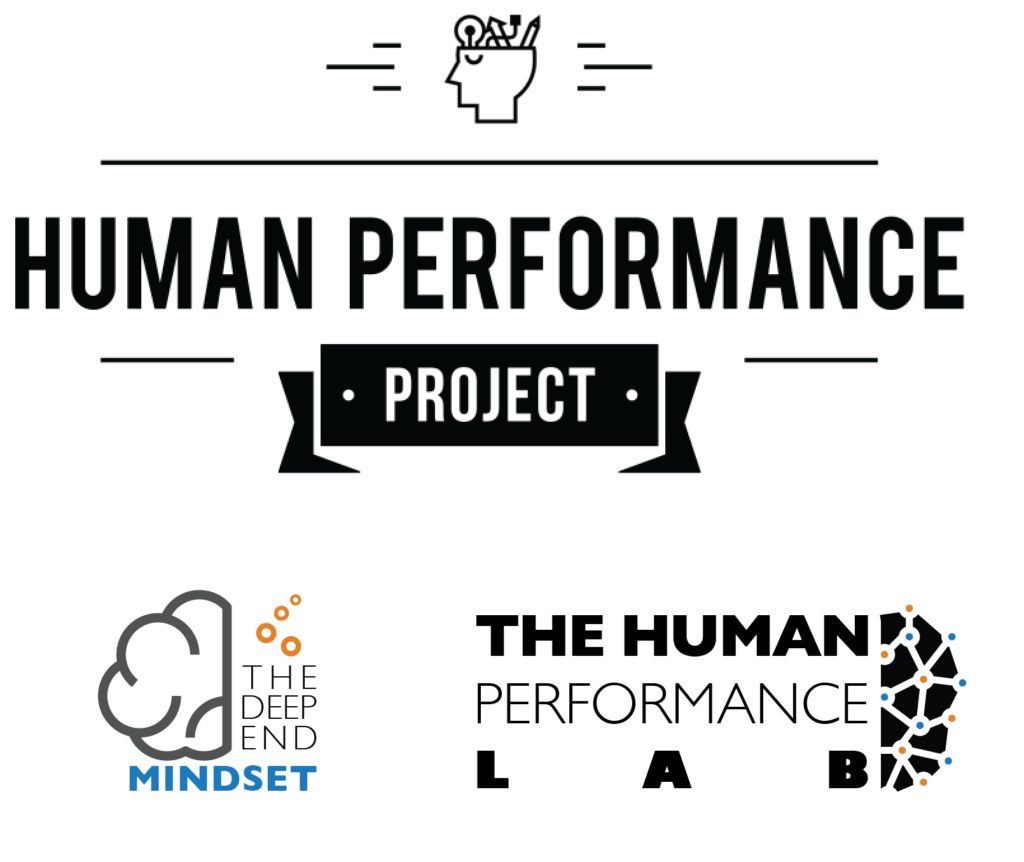Building a Tribe
A couple of months ago I got a note from Eve and Jeff at MVMTLab. It went something like this:
“Tyrell, we are inspired by your 2020 Olympic goal. We’ve worked with previous Olympians to help them compete at their best and we know first hand how challenging that journey can be… We would like to be a part of your journey of becoming an Olympian.”
From the first day I worked with Jeff I knew he was very special. The way he approaches systemic movement, performance and the mind-body connection in sport and life is something I’ve only seen in a handful of world class trainers.
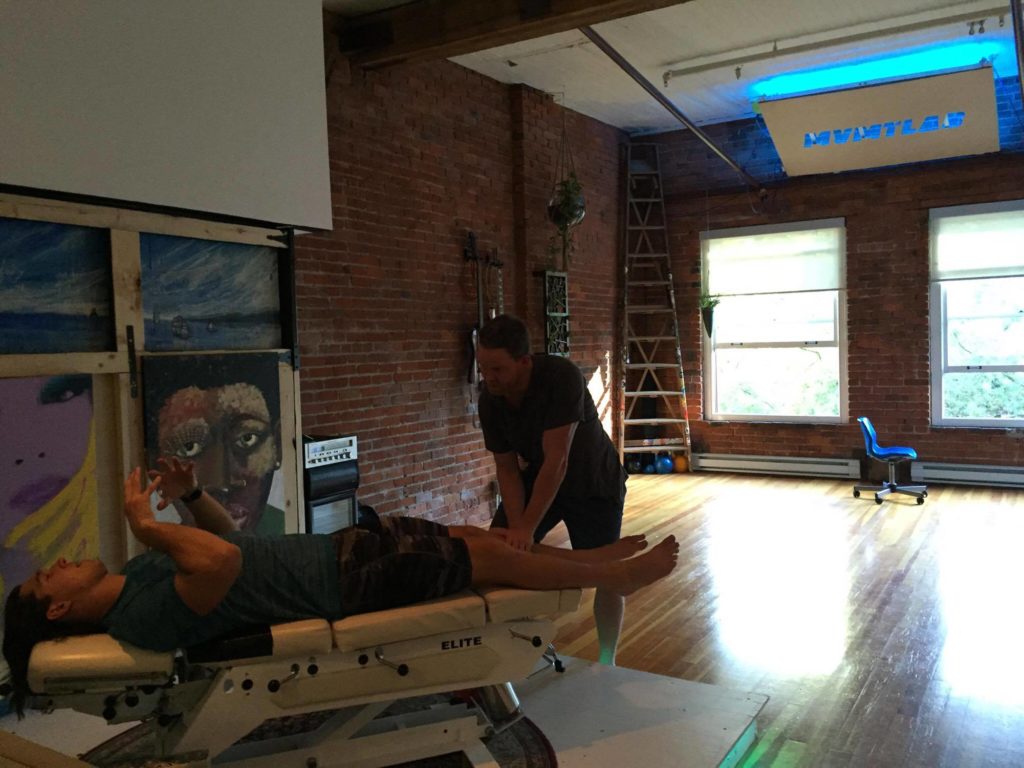
I was fortunate enough to sit down with Eve from MVMTLab and tell a little bit of my story…
MVMTLab Featured Profile: Tyrell Mara
Meet Tyrell
Ever feel like your day is too busy to make time to work out, to eat well, to sleep enough, to meditate? Ultimately, you feel like you have no time to chase your passions and goals? Meet Tyrell Mara, one of Dr Jeff’s newest patients. This guy’s schedule is absolutely crazy packed and he wouldn’t have it any other way. He has a full time job, a beautiful wife and daughter (with another on the way), and has the lofty goal of representing Canada at the Tokyo 2020 Olympics, throwing Discus. Read on to learn how Tyrell manages to make family, work and an Olympic dream fit into his everyday life. “It’s all about intentional living”, as he puts it… Easier said than done! This guy is an inspiration to us here at MVMTLAB and we’re sure he’ll be to you as well; we’re happy to call him a friend and to be part of his journey to greatness.
Tyrell is only 29 years old and has already accomplished more than most people can expect to in their entire life time. He thrives on setting impossibly hard to achieve goals, and then doing everything in his power to stretch his limits and reach those goals. He lives and breathes unwavering motivation and focus. Or #BeastMode, whatever you want to call it… It’s impressive!!
The Backstory
When he was 10 years old, this White Rock BC boy decided he was one day going to play NCAA Division 1 Basketball. Every decision he then made from that point on -from his choice of high school, to deciding to train instead of partying with friends – led him to obtaining a basketball scholarship to Portland State University, and captaining their team to 2 consecutive NCAA March Madness National championships. Once that goal was reached, he set his sights onto CIS basketball championships and dominated the court on that circuit for 2 more years as captain of Trinity Church University’s team. With a bachelor’s degree and MBA in hand, along with a few North American college-level basketball championship rings, he moved back to Vancouver and got hooked on Crossfit. He trained at Crossfit 604 for over 3 years, was a founding member of their competitive team and killed it in various Crossfit competitions on the Canadian level. About 1.5 years ago, stars aligned and he was put back in touch with his high school discus coach (a sport he had dabbled in part-time, 10 years prior, getting terrific results at the Canadian level without barely any training). This particular coach recognized that Tyrell had an immense innate talent for discus throwing, and had told him that he could make it to the Olympics with the right training and discipline. His childhood basketball dreams now conquered, Tyrell decided to go “all in” with discus. He’s shooting for nothing less than the Olympics. This means going from nothing – basically not having touched a discus in over a decade – to competing with the world’s best athletes in Tokyo.
A Day in the Life
His Olympic Dream training plan was set in motion just over a year ago now, which means that as of today, he’s looking at 4 more years of intensely focused training. He starts his day at 530am with meditation and movement training, then leaves for a jam packed day at 630am. Tyrell works a stressful job as a technology product manager leading engineering teams at a rapidly growing company, trains for weightlifting or discus throwing twice a day, goes to physio and/or chiro treatments a few times a week to keep his body on track and ensure he’s performing at his best. Tyrell carries 2 duffle bags full of snacks and meals to ensure he can fuel himself effectively throughout the entire day. He finally gets home around 830PM to help out around the house and spend a few quality minutes with his wife Tash before bed around 10pm. Rinse & repeat. Every day, for the next 4 years.
Tyrell’s Deeper Passion
On the weekend, any time that isn’t spent training is spent with his wife and daughter. Interspersed with this jam packed schedule are frequent speaking engagements and 1:1 coaching sessions – because, of course, he’s also a great speaker and guide to others… He loves sharing his experiences and knowledge of “always pushing your limits” with others. That’s what Tyrell calls intentional living; it means setting your goals and priorities, planning your day/week/year so that everything that you are doing is bringing you closer to your goals. He has a big whiteboard where along with the daily countdown to Tokyo (hovering around 1,368 days currently) he has his life buckets separated into 3 categories: Family, Work, Olympics. When presented with an opportunity, he weighs the options and potential outcomes, and asks if it will help him get closer to his 3 goal categories. If the answer “HELL YES!!”, he goes ahead. If it isn’t, he doesn’t do it. Plain and simple, right?
All the Little Things
Meditation plays a big part of Tyrell’s daily routine. Over the years, he’s pushed his limits to the breaking point a few too many times, which in a way was good because it allowed him to know how much and how far he can push himself… But breaking points happen when you’re not listening to your mind and body, something that he was determined to change and not have happen again; to reach the Tokyo 2020 Olympics, he can’t allow any setbacks. He started a daily meditation practice a year ago and has slowly increased the amount of time he spends throughout the day in both small bursts and longer dedicated sessions – he strives to spend up to an hour each day in some form of meditation or reflection. He has gained mind & body awareness; it helps him manage his stress levels at work, and greatly improves his physical training. The other part of Tyrell’s morning routine is performing basic movement exercises, given to him by his physio or MVMTLAB’s Dr Jeff Almon. Tyrell understands that training isn’t only lifting heavy weights and practising his discus throwing technique. He makes sure that every single part of his body & mind are in top shape. No stone left unturned, no step skipped. “An Olympic goal is realized in hundreds of thousands of small micro-decisions to do the right thing” .
That’s how you reach greatness.
Tyrell x MVMTLAB
Tyrell started coming to MVMTLAB about a month ago, after we responded to one of his social media posts in which he asked the community for help and support with his Olympic journey. We immediately responded and offered Tyrell “movement training expertise” from Dr Jeff, which peaked Tyrell’s curiosity and so he came in for an initial assessment and meeting with Dr Jeff. He admittedly was a bit skeptical about what MVMTLAB could offer that he wasn’t already getting from his coach and physiotherapist. Throughout his athletic career, he met hundreds of Doctors and sports specialists (he’s hurt himself quite a few times…) but less than a handful of these so called experts actually understood Tyrell’s motivation, needs and goals. Specifically, he had never met a chiropractor with a holistic approach, treating more than just the injury and symptoms at hand, but going deep into the core of his movement patterns, tearing them down to rebuild a better base, ultimately leasing to better performance.
“Within 45 seconds of talking with Jeff, I just knew that he got it; he got me. His understanding of the human body – mainly the role of the brain in muscle inhibition, increasing performance through correct movement patterns and reactive stability, combined with his knowledge of active rehab – is unlike anything I had ever heard before, and I just wanted to learn from him” says Tyrell.
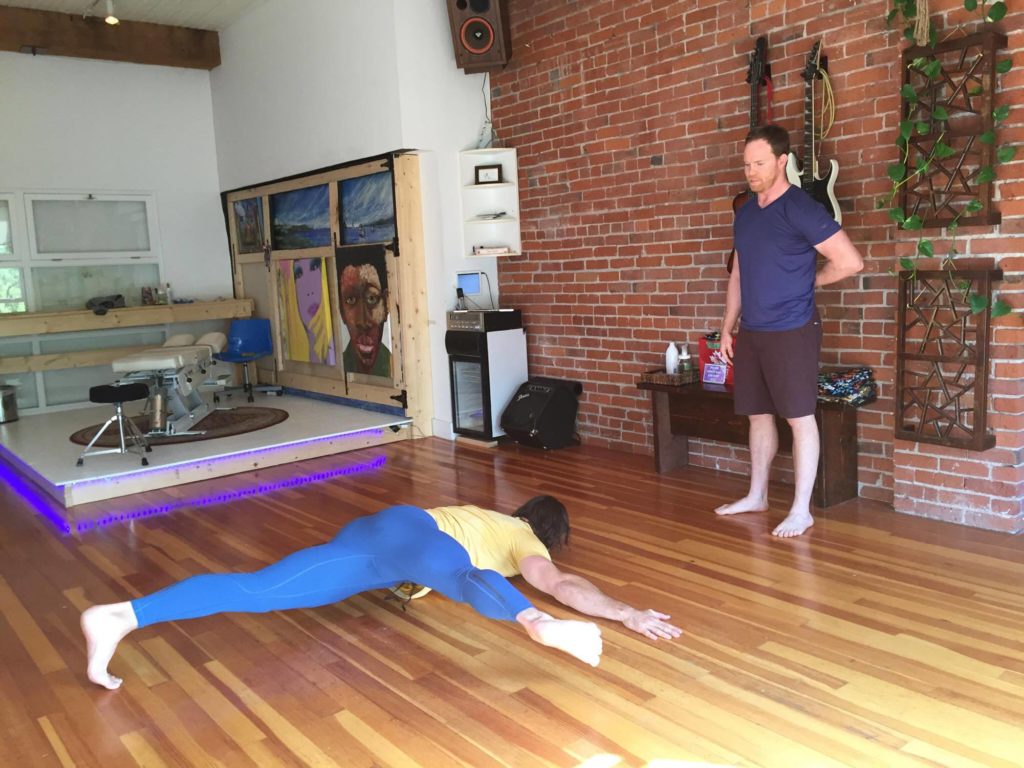
Tyrell is already seeing benefits from Dr Jeff’s month of treatments as well as the in-home active rehab exercises he was prescribed. “I’ve had one of the best strength building off-season’s of my life. The ability to push my body and recover quickly and effectively is key to the building blocks that my discus pursuit will be built on”. Throwing season is just starting, and Dr Jeff is looking forward to going to the field with Tyrell to watch him throw, allowing for further analysis of his movement patterns to ensure the correct muscles along the kinetic chain are engaging, and are firing in the right order. Tyrell is excited to see the progress to come!

